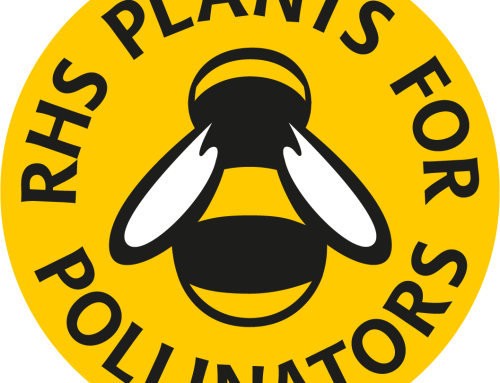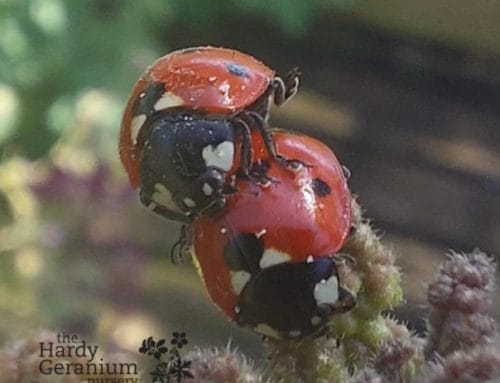Hoverflies, also known as flower flies or syrphid flies, are a diverse and fascinating group of insects that are often mistaken for bees or wasps due to their black and yellow striped appearance. However, unlike their stinging counterparts, hoverflies are harmless to humans and play an important role in pollination and pest control.
There are over 6,000 species of flower flies found all over the world, with a diverse range of sizes, shapes, and colours. Some are small and slender, while others are large and robust. Some are brightly coloured, while others are camouflaged to blend in with their surroundings. Despite their diversity, all hoverflies share a unique characteristic: the ability to hover in mid-air, using their powerful wings to remain stationary in the air while they feed on nectar or pollen.
Hoverflies are important pollinators, often visiting a wide variety of flowers to feed on nectar and pollen. While feeding, they inadvertently transfer pollen from one flower to another, facilitating the process of cross-pollination that is necessary for the reproduction of many plant species. In addition to pollination, they also play an important role in controlling pest populations. Many species feed on aphids, caterpillars, and other small insects, helping to keep their populations in check and reducing the need for pesticides.
One of the most fascinating aspects of hoverflies is their ability to mimic other insects. Some species of hoverflies have evolved to look almost identical to bees or wasps, using their black and yellow striped pattern to deter predators from attacking them. This type of mimicry is known as Batesian mimicry, and it is an effective defence mechanism that helps the hoverfly to avoid being eaten by birds and other predators.
Hoverflies have also attracted the attention of researchers and scientists, who are studying them to learn more about their biology and behaviour. In recent years, hoverflies have become an important model organism in the study of insect vision, as their compound eyes and visual systems are similar to those of other insects, including bees and fruit flies. Researchers are using hoverflies to study how insects process visual information and navigate their environment, with the hope of developing new technologies and applications in fields such as robotics and artificial intelligence.
In conclusion, hoverflies are a fascinating and important group of insects that play a vital role in pollination and pest control. They are also an excellent example of the diversity and complexity of the natural world, and their unique biology and behaviour continue to intrigue scientists and researchers around the world. Whether you are a biologist, a nature enthusiast, or just someone who appreciates the beauty of the natural world, hoverflies are a fascinating and worthwhile subject of study and appreciation.

Hoverfly on Geranium nodosum
This article has been written in association with ChatGPT




